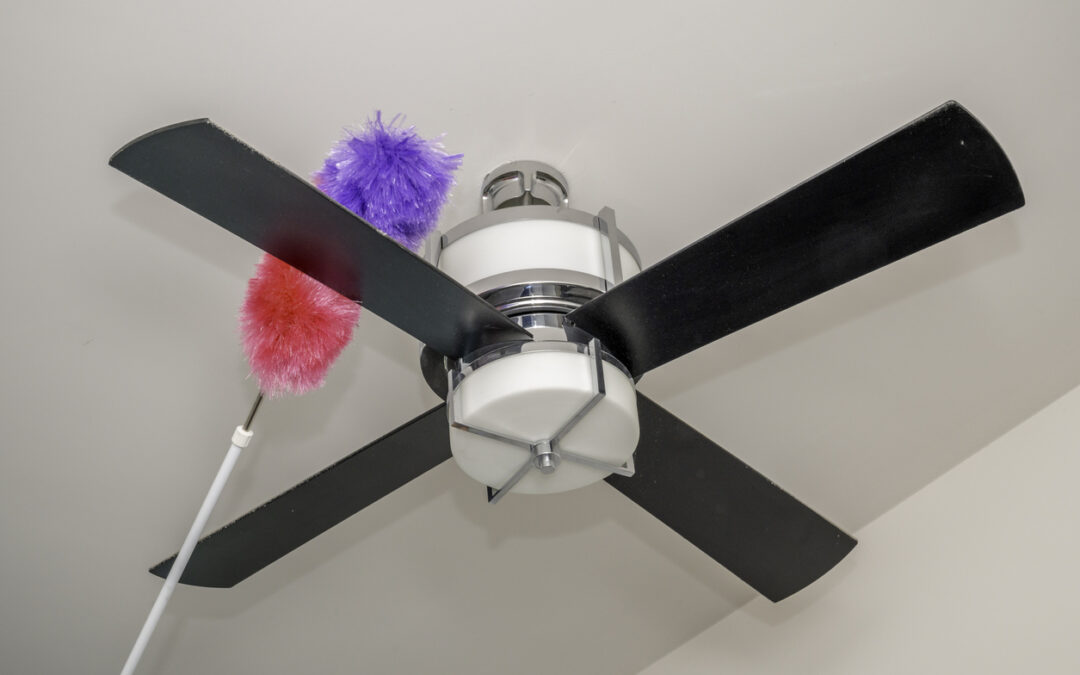Use a circulating or ceiling fan. A fan’s wind-chill effect makes the room much more comfortable. Using fans in your occupied rooms can allow you to raise your thermostat by up to 4 degrees without feeling uncomfortable. Just remember to turn the fan off when you leave the room so you don’t waste electricity.
Set your thermostat to 78ºF instead of 72ºF and you could save nearly 20% on your summer cooling costs. If that’s a bit too much, try 76ºF with fans–it really should feel about the same as 72ºF.
Set your thermostat to be comfortably cool as you go to sleep, then warm up a few degrees a few hours after everyone is asleep.
Keep your system clean. If you replace your filters each month, you can reduce your system’s energy consumption by 5% to 15%. Also make sure the condenser (outside) is clear of dirt and debris, and that any plants or trees are at least 2 feet away.
Minimize activities during the day that would heat up your home. Take cooking and clothes drying outside or do them after the temperature has dropped in the evening. Avoid using heat-generating electronics–computers, sound systems, and TVs–during the heat of the day.
Use your window treatments to block out hot sunlight and prevent your home from heating up. Keep blinds, shades, and curtains closed. Use light colored treatments to deflect hot sunshine; thermal insulated curtains and reflective shades are also available. Highly reflective blinds can reduce heat gain by nearly 50%.

